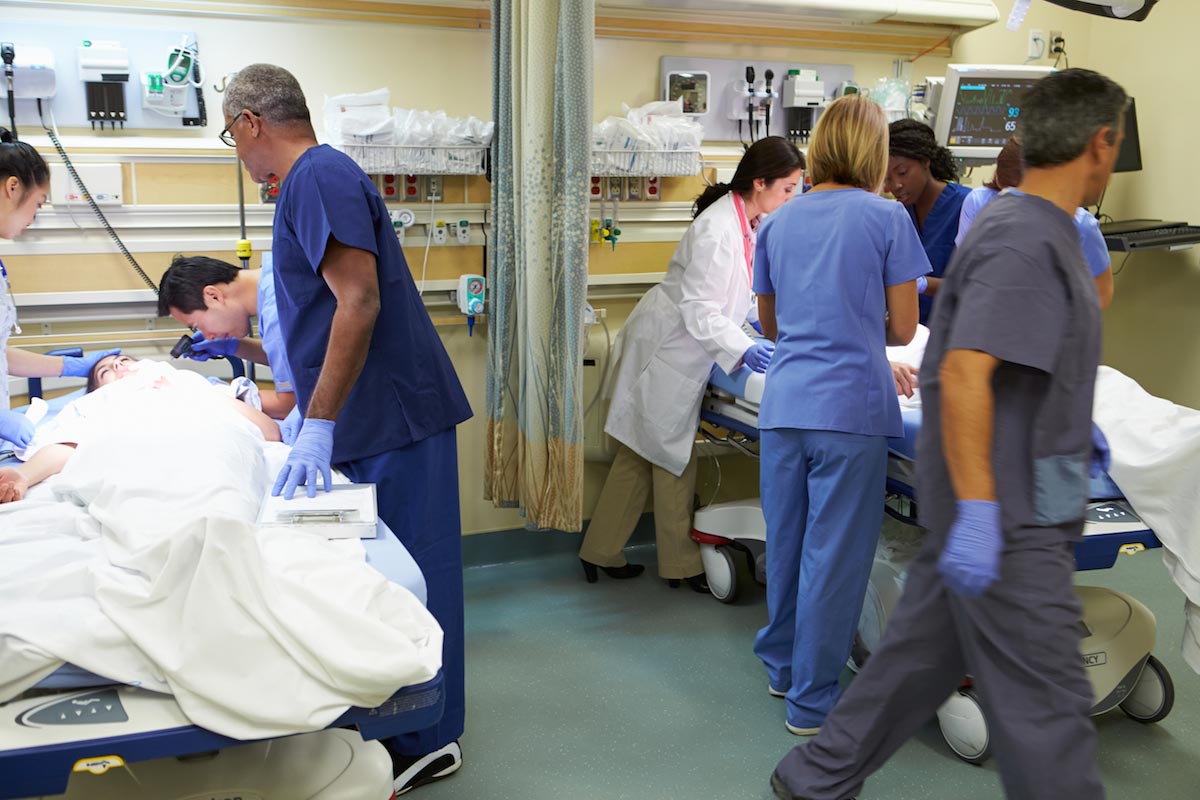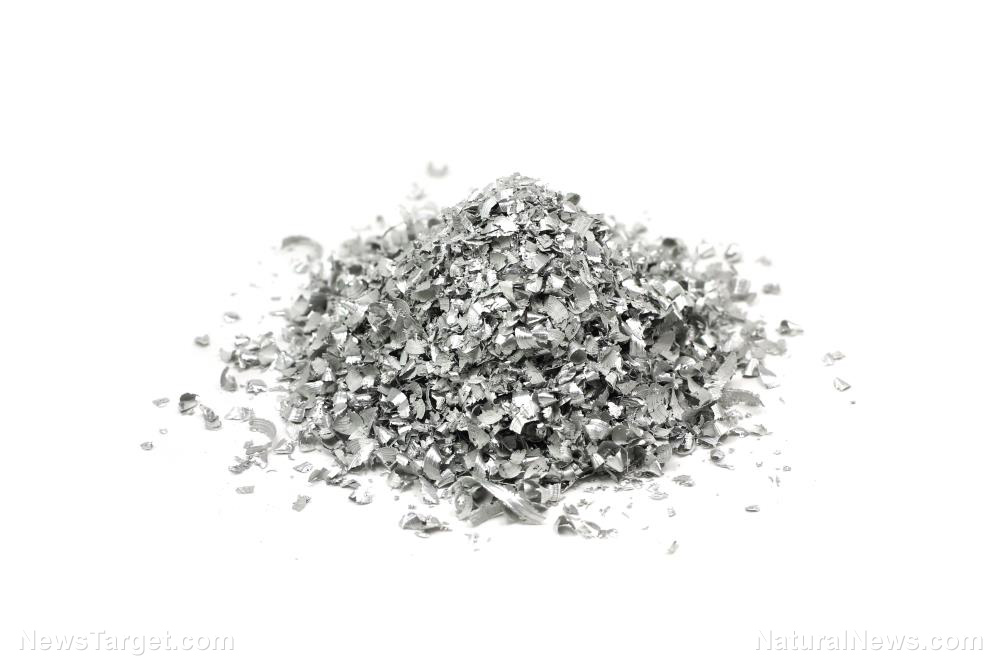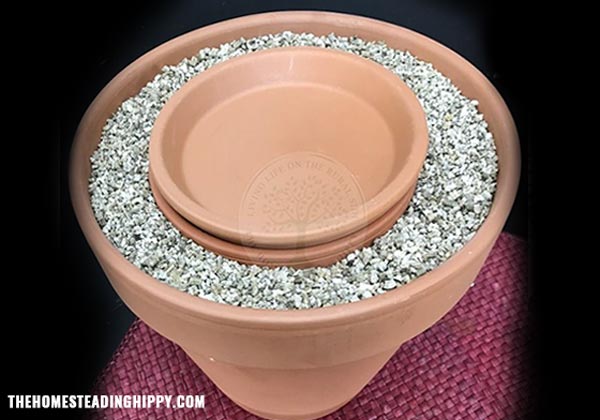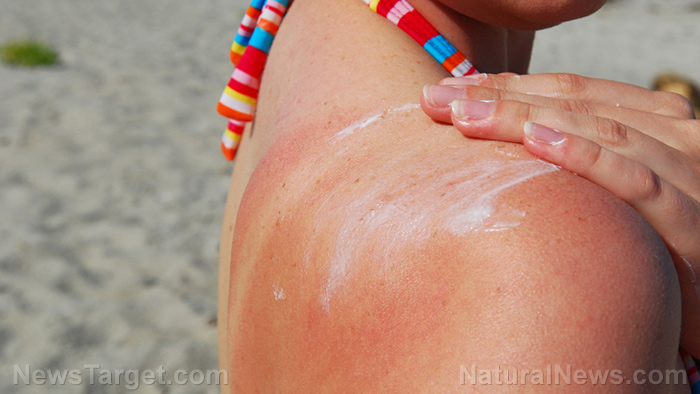Treating wounds: How to recognize and prevent wound infection
10/06/2019 / By Edsel Cook

Can you recognize a wound infection — and do you know how to prevent it? These tips can help you keep a wound from getting infected.
When a disease-causing microbe grows within the injured skin, it may lead to an infection. The person may notice red streaks and increased heat on the skin around the wound.
The wound may release discharge and have an unpleasant odor. In addition to discomfort, redness, and swelling, the patient may also experience pain, chills, fever, nausea, and vomiting.
Thankfully, if the wound is minor or if the infection is mild, the patient may treat himself at home. (Related: Sugar: Cheap, effective wound treatment with a long shelf life.)
How to treat wounds at home
To treat wounds effectively, make sure that all the medical supplies and tools you will use are clean, dry, and disinfected. This includes the hands — wash them with soap and warm water before drying them.
Spend a few minutes running warm water over the cut or scrape. Clean the skin around the wound with warm, soapy water. Remember to keep soapsuds out of the wound.
Check the wound for debris and dirt that may carry bacteria. A person may remove those interlopers with a clean tweezer or with careful and gentle strokes using a light, moist cloth.
Spread a small amount of antiseptic ointment or petroleum jelly over the wound. Let the skin air out and dry before dressing it with a bandage or gauze.
Replace the wound dressing at least once a day. If it gets dirty or wet, remove the bandage at once. Take the chance to wash the wound with care before re-covering it.

|
Discover how to prevent and reverse heart disease (and other cardio related events) with this free ebook: Written by popular Natural News writer Vicki Batt, this book includes everything you need to know about preventing heart disease, reversing hypertension, and nurturing your cardiac health without medication. Learn More. |
Avoid applying chemicals that may irritate the skin and aggravate the wound. Hydrogen peroxide, iodine, and some antiseptic ointments are common examples of these.
We are all guilty of picking scabs, but doing so makes the injured skin more likely to develop scars. It also slows down the recovery process and may even cause infections.
Visit a health care provider if a wound fails to heal within one or two days.
Preventing wound infections
The first thing anyone must do to avoid infection is to disinfect a wound and keep it clean. Even if the cut or scratch is small, people must clean it as soon as possible.
Start the disinfection process by pouring clean water over the wound for several minutes. Next, wash the skin surrounding the wound with warm water and soap.
In the absence of clean water, alcohol wipes will suffice.
Let the skin dry by itself without using any cloth. Administer an antiseptic ointment to the wound except when it irritates the skin.
Apply gauze or other forms of medical dressing to cover the wound.
Wounds that require trained medical attention
Certain factors make it more likely for a wound to get infected. For instance, wounds that are big or deep are more prone to infections than small or shallow wounds. Wounds with jagged edges also come with a higher risk of infection.
In addition, people with certain health issues are more prone to infections. Diabetes, weak blood circulation, a compromised immune system, lack of movement due to being bedridden, old age, and deficient levels of vitamins and nutrients all contribute to vulnerability to infection.
During surgery, incision wounds may also get infected. One study reported that, from 2006 to 2008, 1.9 percent of surgical incisions in patients in the U.S. developed infections.
Large wounds and profuse bleeding require more thorough medical treatment by trained personnel. Likewise, patients who are bitten by an animal or injured by dirty things face the risk of tetanus.
Sources include:
Tagged Under: alcohol, antiseptics, bacterial infection, clean water, cuts, disinfection, emergency medicine, first aid, hand washing, healing, how-to, hydrogen peroxide, iodine, prevention, scabs, scars, scrapes, skin care, soap, surgical incisions, survival, tips, wound cleaning, Wound Healing, wound infections, wound treatments, wounds
RECENT NEWS & ARTICLES
COPYRIGHT © 2017 · SURVIVAL NEWS



















